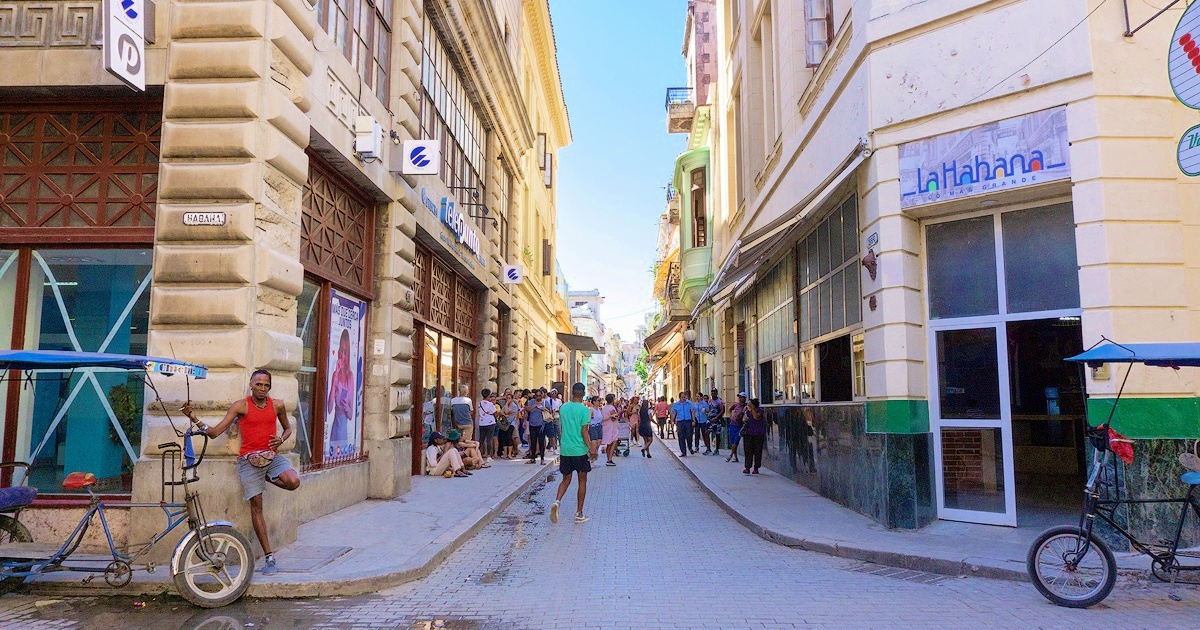This Monday, the informal currency market in Cuba remained unchanged compared to the previous day. As of 7:00 a.m. local time on July 15, the U.S. dollar was valued at 320 CUP, and the euro at 335 CUP. The Freely Convertible Currency (MLC) averaged 285 pesos.
Exchange Rates as of July 15, 2024
Here are the exchange rates in Cuba today at 13:10 a.m.:
USD to CUP exchange rate according to elTOQUE: 320 CUP.
EUR to CUP exchange rate according to elTOQUE: 335 CUP.
MLC to CUP exchange rate according to elTOQUE: 285 CUP.
The informal exchange rate provided here is not officially recognized or backed by any financial or governmental entity. Here’s a breakdown of the value of each available euro and U.S. dollar bill in Cuban pesos (CUP):
U.S. Dollar (USD) to Cuban Peso (CUP), according to exchange rates on Monday, July 15:
- 1 USD = 320 CUP
- 5 USD = 1,600 CUP
- 10 USD = 3,200 CUP
- 20 USD = 6,400 CUP
- 50 USD = 16,000 CUP
- 100 USD = 32,000 CUP
Euros (EUR)
- 1 EUR = 335 CUP
- 5 EUR = 1,675 CUP
- 10 EUR = 3,350 CUP
- 20 EUR = 6,700 CUP
- 50 EUR = 16,750 CUP
- 100 EUR = 33,500 CUP
Last week, the Cuban government imposed price caps on six high-demand basic products through a resolution published in the Official Gazette. The Resolution 225/2024 from the Ministry of Finance and Prices sets the capped products as follows: chopped chicken (680 pesos per kg); cooking oils except olive oil (990 pesos per liter); powdered milk (1,675 pesos per kg); pasta (835 pesos per kg); sausages (1,045 pesos per kg); and powdered detergent (630 pesos per kg).
The regime presented the resolution as an effort to mitigate the impact of inflation on consumers, eliminating customs duties on the importation of these products by the private sector. They indicated that this price cap considers acquisition costs, marketing, merchants' profit, and sales tax. However, MIPYMES and some economists have spoken out against the announcement.
The measure has been primarily criticized by business owners and economists, who warn about the negative consequences of price caps and suggest that the market should be regulated through supply and demand.
Despite the criticism, the Ministry of Finance and Prices defends what it calls a "temporary regulation," arguing that it is a measure to curb rising prices and inflation, without addressing the potential shortages that could result from this policy.
Understanding Cuba's Informal Currency Market and Price Caps
To help readers better understand the implications of the current economic measures in Cuba, we have compiled some frequently asked questions and their answers.
What is the current exchange rate for USD to CUP in the informal market?
As of July 15, 2024, the exchange rate for USD to CUP in the informal market is 320 CUP.
Which products are subject to the new price caps in Cuba?
The products subject to the new price caps include chopped chicken, cooking oils except olive oil, powdered milk, pasta, sausages, and powdered detergent.
Why has the Cuban government imposed these price caps?
The Cuban government has imposed these price caps as a measure to mitigate the impact of inflation on consumers, according to the Ministry of Finance and Prices.
What are the criticisms against the price caps?
Critics, including business owners and economists, argue that the price caps could lead to negative consequences such as shortages and believe the market should be regulated through supply and demand.
